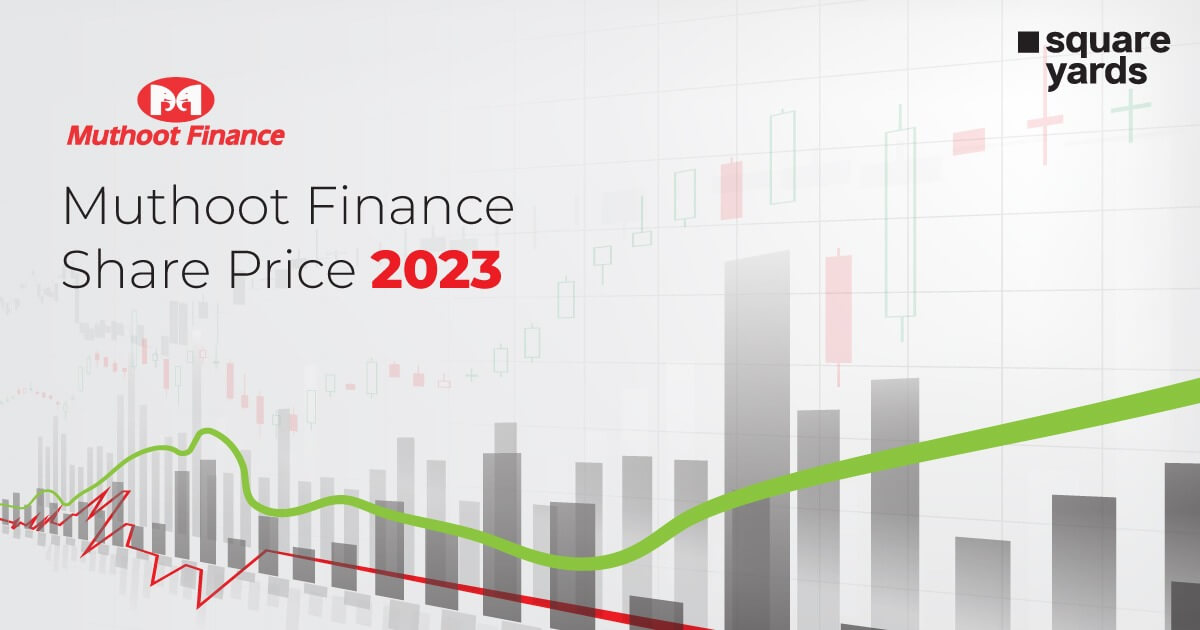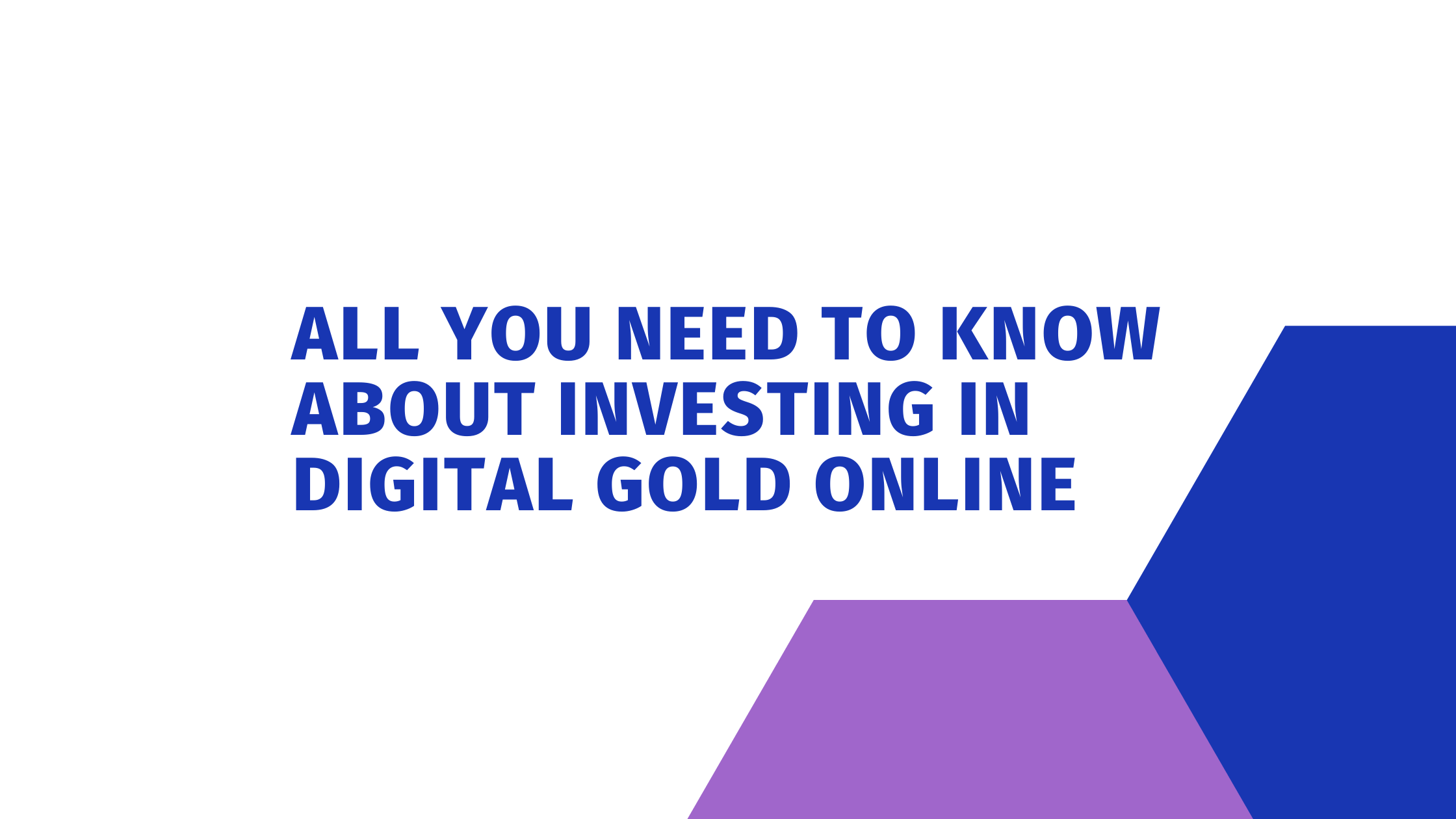Difference Between 22 Carat and 24 Carat in India
The fundamental difference between 22 Carat and 24 Carat is the amount of gold they contain. 24 Carat gold has a 99.99% gold content. Considered the purest form of gold, people usually buy 24 Carat as an investment by purchasing gold bars and coins. On the other hand, 22 kt gold contains 22 parts of pure gold and two parts of other metals, like copper, silver, or zinc. Adding these other metals makes the gold more durable and suitable for use in jewellery. However, it is slightly duller coloured compared to 24 Carat gold. In addition, the higher gold content in 24 kt gold makes it more expensive than 22 kt gold.
How is the Hallmarked, KDM and 916 Gold Price Determined in India?
The purity, weight, and current market conditions impact the gold rate today in India. In addition, other factors like hallmarked gold, KDM gold, and 916 gold also determine the price of different types of gold.
- Hallmarked Gold: The price of hallmarked gold is determined based on its purity level, weight, and prevailing market rate. The Bureau of Indian Standards, or BIS, sets standards for various products in India, including gold. The hallmarked gold is priced by first measuring the purity of the gold by a BIS-certified assayer, who then assigns a hallmark certification, which includes the BIS logo, purity grade, and other relevant information.
- KDM Gold: KDM gold is an alloy of gold with cadmium, a cheaper alternative to other metals like silver or copper. To determine the price of KDM gold, the assayer measures the purity level of the gold, and then cadmium content is deducted from the total weight of the gold. Finally, the gold content and the current market rate determine the price of KDM gold.
- 916 Gold: It is an alloy of gold with other metals like copper or silver. 916 gold is also known as 22 Carat gold. To calculate the 916 gold rate, the purity of the gold is measured and the weight of other metals is deducted from the total weight of the gold. The remaining gold content is then added to the current market rate.
The formula to calculate the final price of gold:
Final price = Price of Carat gold X (Weight in grams) + Making charges + GST at 3% on (Price of jewellery + making charges)
Factors that Affect Per-Gram Gold Rate in India
The per-gram gold rate today in India is affected by many factors. These include the following:
- International Market Conditions: The price of gold per gram in India can be affected by factors like global demand and supply, currency exchange rates, geopolitical events, and trade policies of other countries. This is due to the fact that India imports a considerable amount of gold from other nations.
- Domestic Demand and Supply: The demand and supply of gold in India also significantly determine its price. Gold is a cultural investment option during festivals and weddings, so the need for gold increases, leading to a price rise. However, if the domestic supply of gold is consistently high, then prices may remain stable or even decrease at times.
- Inflation: Inflation also impacts the per-gram gold rate in India. High inflation rates lead to a decrease in the value of the Indian rupee. It affects the general mindset of people who start investing in gold. Therefore the increase in demand for gold results in its high price.
- Interest Rates: The per-gram gold rate is also affected by the interest rates that the Reserve Bank of India (RBI) set. For example, when the interest rates are low, investors shift their investments to gold. It leads to increased demand for gold and, consequently, its prices.
- Taxes and Duties: To regulate its demand and supply, the government periodically changes the import duty on gold, thus affecting its price. The Goods and Services Tax(GST)market also affects the final gold rate.
- Strength of the Indian Rupee: The power of the Indian rupee significantly impacts the rate of gold in India. The cost of importing gold increases with the decline in the value of the Indian rupee, causing an overall increase in the price of gold. The value of the Indian rupee against other major currencies, like the US dollar, also affects the per-gram gold rate.
Invest in Gold In India: Benefits
Gold is a popular investment option in India. Some of the benefits of investing in gold in India include the following:
- Hedge Against Inflation: Gold's value tends to rise when inflation is high, hence considered a hedge against inflation. It means that by investing in gold, investors can protect themselves against the erosion of purchasing power caused by inflation.
- Heterogeneity: Investing in gold provides heterogeneity to your portfolio. Gold has little relation to the movement in values of other assets like stocks or bonds; therefore, by investing in gold, you can lower the overall risk of your investment portfolio.
- Safe Asset: Gold has always historically been used as a treasure and a medium of exchange, hence considered a safe asset. Investors move towards gold investment during economic and political uncertainty to protect their investments.
- Liquidity: You can quickly liquidate your investments in gold when you need cash, as it can be easily bought and sold in the market.
- Tax Benefits: Long-term capital gains on gold investments are taxed lower than short-term capital gains. Hence investing in gold offers tax benefits.
- Traditional Value: The cultural and emotional value of gold makes it a popular investment option. It is considered an auspicious metal bought during festivals and weddings in India.
- Potential for Capital Gains: Gold appreciates over the long term, even if the short-term price of gold may be dodgy.
Conclusion
Gold has cultural and economic significance in India, where people buy it for investment or auspicious occasions. The gold rate today in India is a key point of interest for many individuals and investors as they track the fluctuating rates and make informed decisions. Factors like global economic conditions, currency exchange rates, demand and supply, and geopolitical events influence the gold rate, and it varies from city to city.
The gold rate today in India is updated daily. In addition to external factors, the price of gold also depends on its type, which is determined by the metal's purity, weight, and current market conditions, with hallmarked gold, KDM gold, and 916 gold being some of the different types of gold available in the market. People in India consider gold an excellent investment, which shows that the demand for it will likely increase in the future.
Gold rate India - Latest News(14-08-23)
Over the years, gold has shown to be an excellent strategy to hedge against inflation. Gold is becoming increasingly essential as an investment for investors. If you wish to invest in gold or purchase gold jewellery. Find the most recent prices for 24-carat and 22-karat gold in India and compare them to make an informed decision as of 14th August 2023, 10 grammes of 24-carat gold costs INR 59550 rupees in India, while 10 grammes of 22-carat gold costs INR 54,600 rupees.
Frequently Asked Questions (FAQs)
What is 22-carat pure gold?
22 Carat pure gold refers to gold that is composed of 91.67% gold and 8.33% other metals, such as copper or silver, to increase its hardness and durability. It is a popular choice for making jewellery.
How do gold rates in India change?
Gold rates in India change based on factors like global economic conditions, the strength of the US dollar, demand and supply in the domestic market, import duties, and taxes. The rates of gold can vary from city to city and can change multiple times a day based on the fluctuations in these factors.
How are 18k, 22k, and 24k Different from Each Other?
18k, 22k, and 24k are different gold alloys commonly used to make jewellery. The "k" stands for karat, a unit of measurement for the purity of gold. 24k gold is 99.9% gold and is the purest, softest and most malleable gold. 18k gold has 75% gold and 25% other metals, making it more durable than 24k gold. Lastly, 22k gold contains 91.67% gold and 8.33% other metals, making it harder and more durable than 18k gold.
How Much One Tola Gold?
One tola is a traditional unit of weight used in India, and it is equivalent to 11.66 grams.
How is Gold Brought into India?
Gold is brought into India through authorised importers and government-run agencies. The importers must pay customs duties and taxes. Gold can also be brought into India by individuals who travel abroad and carry gold up to a specified limit. Still, they are required to declare it at customs and pay the applicable duties and taxes.




















